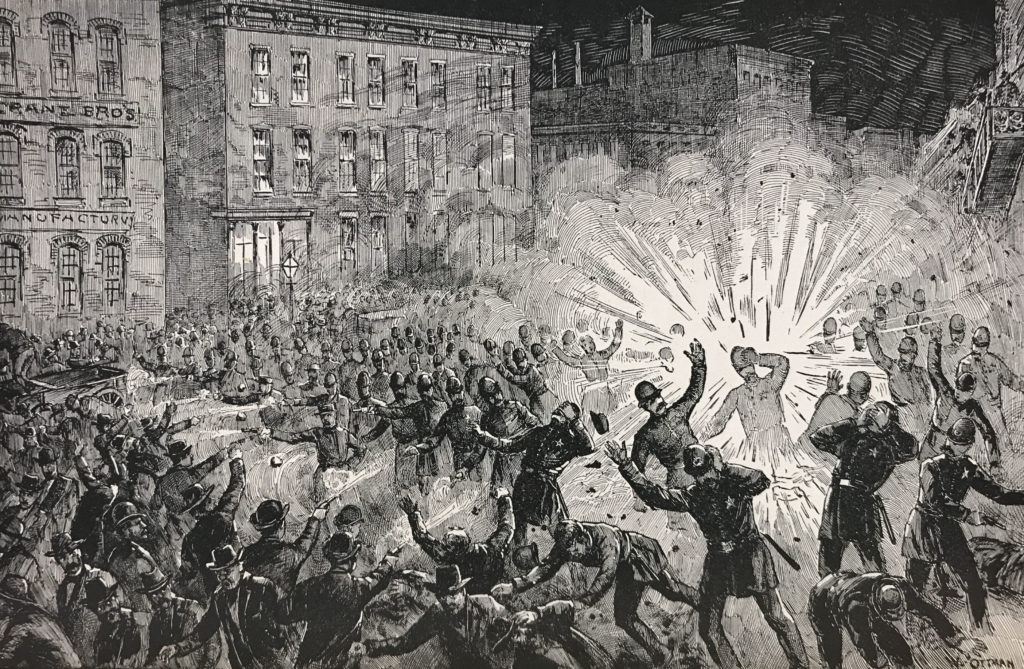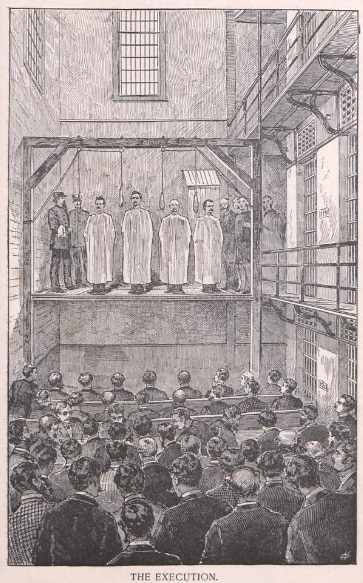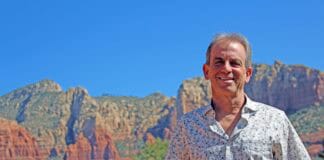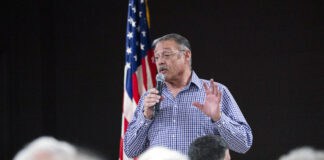To celebrate all the hard work put in by Americans, many will take a day off Monday, Sept. 6, as we do every year in celebration of Labor Day.
While it might seem odd to celebrate working by not, it allows Americans to slow down for a day and remember everything accomplished by the long hours, endless days and year after year put in by workers.
Each year, millions of Americans spend the day relaxing with friends and family. The service industry is the opposite of most other fields and in a tourist city like ours, many of our neighbors will be working at restaurants, retail shops, spas, serving and taking care of those of us who enjoy taking the day off.
The Central Labor Union of New York celebrated the first Labor Day on Tuesday, Sept. 5, 1882, in New York City. The group held a second Labor Day celebration the next year, again on Sept. 5.
Who envisioned a day off to celebrate American laborers isn’t clear. Two men are credited with the idea — Peter J. McGuire, co-founder and general secretary of the Brotherhood of Carpenters and Joiners of America and later a cofounder of the American Federation of Labor in 1886, and Matthew Maguire, a New Jersey machinist who is credited with proposing a day off for workers at a New York City union meeting.
In 1884, the first Monday of September was designated as Labor Day and the Central Labor Union urged other union groups in New York City to also celebrate. By 1885, other cities reliant on heavy industry also saw celebrations.
Oregon passed the first law Feb. 21, 1887, designating Labor Day a state holiday before New York, although legislation had already been introduced.
Nearly every country on the planet has a holiday to honor their workers, but most of these holidays fall on May 1, also known as International Workers’ Day, which was advocated by the Marxist International Socialist Congress to coincide with traditional spring festivals celebrated by peasants and workers the world over.
Americans don’t celebrate this as a federal holiday and not because of our perceived cultural antipathy to all things “Marxist” — that didn’t develop until the Cold War after 1945 — but rather because of an incident in Chicago.

According to “May Day: A Short History of the International Workers’ Holiday,” the first International Workers’ Day in the United States was promoted by the American Federation of Labor, which had announced on May 1, 1886, plans to push politicians toward adopting the then-controversial eight-hour work day by launching a general strike. Some 80,000 laborers were eventually involved, halting business operations in one of the country’s largest cities and the rail yard hub where farmers, ranchers and lumbermen from the Midwest, Mountain West and Great Plains shipped their livestock, produce and raw materials for processing.
Workers at the McCormick Harvesting Machine Company in Chicago had been on strike since February of that year, harassed by strikebreakers and Pinkerton guards, so tensions were high at the rallies beginning May 1.
At an otherwise peaceful rally three days later on May 4, police marched on thousands of protestors at Haymarket Square. An alleged anarchist, Rudolf Schnaubelt, threw a dynamite bomb at police, initiating gunfire that left seven police officers and four civilians dead.

Four men — two who weren’t there and two rally speakers, but notably not Schnaubelt — were later tried and executed.
Worried that the Haymarket Affair and aftermath would serve as an annual rallying point for anarchists, socialists and Marxists, Democratic President Grover Cleveland advocated for the September Labor Day rather than the May Day holiday.
On June 28, 1894, the U.S. Congress enacted a bill making the September Labor Day a federal holiday that Cleveland signed into law.
Labor Day is one of the very few days we take off here at the newspaper, along with New Year’s Day, Memorial Day, the Fourth of July, Thanksgiving and Christmas. Our newsrooms in Sedona and Cottonwood will be closed all day Sept. 6 and reopen Tuesday, Sept. 7.
Celebrations of Labor Day started as community and family coming together to enjoy the fruits of their labor and some of those same traditions remain. Coming right after school starts and the end of August, Labor Day is the unofficial end of the summer and many families take one last short vacation over the three-day weekend, or indulge in summer-esque activities like swimming or barbecues.
However you spend Labor Day, remember to think about the hard work you and all the Americans who’ve come before you have put into creating the nation we live and work in today.
Christopher Fox Graham
Managing Editor
For more on the Haymarket Affair, read “The Haymarket Bomb in Historical Context” by Richard Schneirov, of Indiana State University, here
or



















